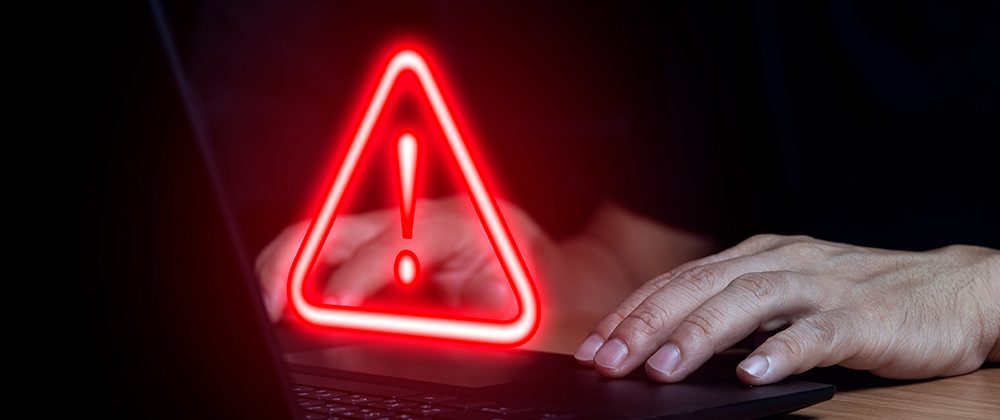Agnaldo Cyrillo, Executive of Sales at Lumu in Brazil, and Eder Souza, Director of Technology and Operations at e-Safer, emphasize the need for faster action to detect and respond to any types of threats against data systems of organizations.
In an increasingly digital world, cyberattacks are becoming more common and sophisticated, with criminals more capable of executing their actions against data systems and having success in capturing vital information for the activities of companies.
The damages can be significant, including data loss, disruption of operations and even bankruptcy.
Agnaldo Cyrillo, Executive of Sales at Lumu in Brazil, and Eder Souza, Director of Technology and Operations at e-Safer, emphasize the need for faster actions to detect and respond to any types of threats against data systems of organizations. For them, milliseconds in the delay of response to cyberattacks can be fatal for businesses.
“It may seem little, but some milliseconds can represent an eternity when it comes to avoiding attackers penetrating the network of data systems of companies, imagine 10 minutes, as was the case of the attack of the Mirai botnet in 2016,” said Cyrillo. In that year, the network of Dyn, a network services company, suffered an attack that took a fraction of a second to happen, lasted only 10 minutes and left millions of people without access to sites and popular services, including Twitter, Netflix and Spotify.
For Souza, it is not enough to invest increasingly in new technologies and in the training of people. For him, it is necessary to have speed in the response to threats.
“We know very well that sometimes companies take a few minutes to make a decision or understand a scenario and take a first action, which can represent a great risk to the client. Also, attackers today are very well-equipped and their actions are very fast,” he said.
For both experts, another big challenge for companies is that they rely on people to respond to all their demands for cybersecurity because there are several challenges that “are orbiting in the universe of people, knowledge, technical and technological maturity,” points out Cyrillo.
He emphasizes the abilities of Lumu Technologies, a company with patented technology and a dedicated network analysis and visibility (NAV) platform that allows the identification and blocking of threats in computer networks and raises the ability of organizations to ensure the protection of software applications and data systems in real-time.
“The speed of response to a cyberattack is essential to minimize damages. If the company cannot respond to the attack quickly, the intruder may have time to cause more damage,” said Souza.
“An effective cyberattack carried out against a payment system can steal customer credit card data and result in customer complaints, loss of trust in the brand, as well as regulatory fines and even legal proceedings.”
Cyrillo and Souza are categorical: milliseconds in the delay of response to cyberattacks can be fatal for companies, which need to invest in more effective cybersecurity measures and have well-defined response plans to mitigate damage in case of an attack.
Both experts point out some measures for organizations to succeed in their cybersecurity practices:
- Invest in cybersecurity solutions, such as firewalls, incident detection and response systems and security event management
- Train teams in all areas of the company on the correct behavior to take when faced with email messages and known or unknown web pages
- Develop a cyberattack response plan that establishes the responsibilities of each employee in case of an attack
- Count on the support of specialized companies with proven experience in SIEM (Security Information and Event Management) and SOC (Security Operations Center) activities.
- Practice the cyberattack response plan regularly.
“Much is said today about Zero Trust, the zero-trust model that involves security in the perimeter as a strategy for the design and implementation of IT systems. However,” said Cyrillo and Souza, “without visibility of what is happening in computer networks and data systems, companies will not be able to achieve this goal.”
Click below to share this article

